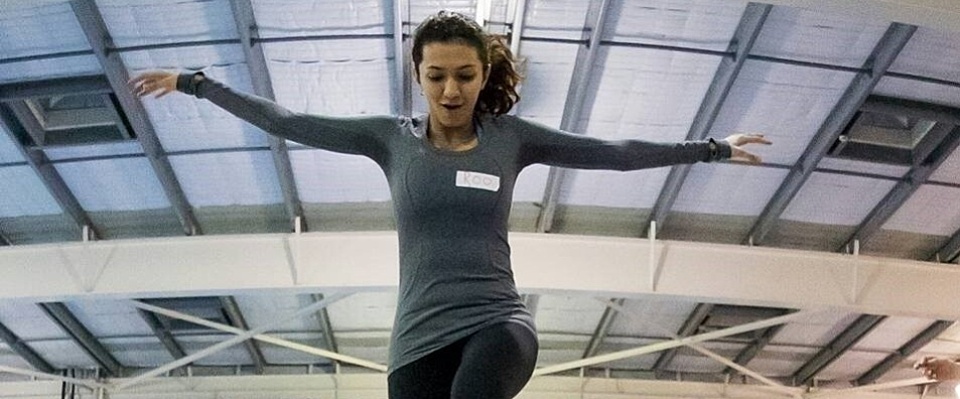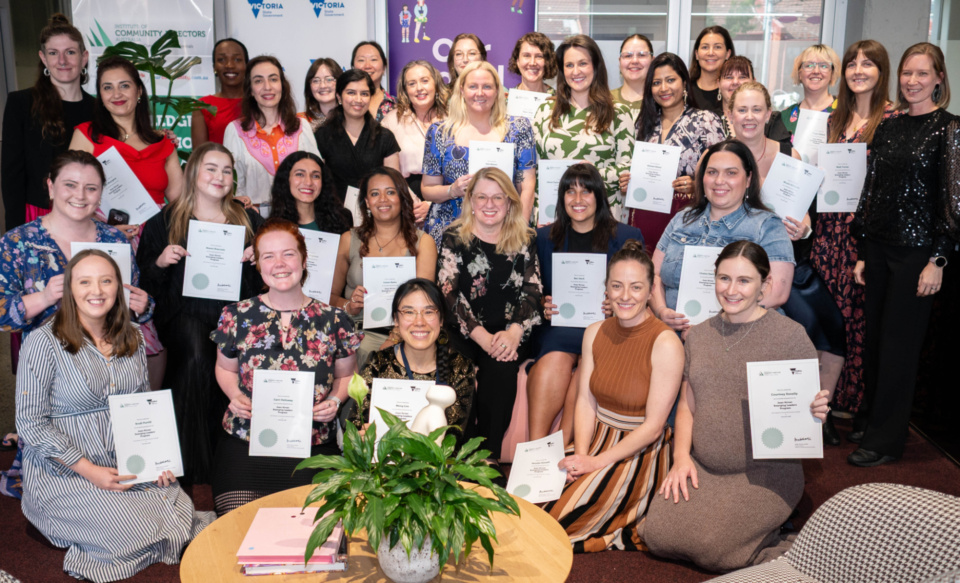
Why meetings can harm employee well-being
Posted on 10 Dec 2025
Anyone working in an organisation knows it: meetings follow one after another at a frantic pace. On…
Posted on 25 Jun 2025
By Catherine Brooks, CEO, Equitable Philanthropy
In Australia’s charity sector, there’s no shortage of passion or ideas – but there is a shortage of investment in the infrastructure that makes impact possible.
According to the latest Australian Charities and Not-for-profits Commission (ACNC) Australian Charities Report, the sector’s revenue is growing, but costs are rising faster. Many organisations are feeling the strain, especially those without access to sustained funding or internal capacity to weather uncertainty.
That’s why now, more than ever, funders need to think beyond projects. If we want a resilient, high-impact sector, we need to fund the infrastructure that enables impact across organisations of all sizes.
"Whether you’re a multi-million-dollar institution or a grassroots startup, one truth holds: you can’t create an impact from shaky ground."


The ACNC’s 11th report shows:
What this tells us is that even as demand grows, many organisations – especially those that are young or operate in niche areas – lack the infrastructure to absorb and scale resources effectively.
Whether you’re a multi-million-dollar institution or a grassroots startup, one truth holds: you can’t create an impact from shaky ground.
Strong internal infrastructure – strategy, governance, fundraising, measurement – isn’t a luxury. It’s the engine behind every mission.
Funders who invest in this core capacity can:
Think of it like this: you can fund a single meal, or you can invest in the kitchen, the chef and the delivery van that keep meals going long after the grant ends.
This isn’t just support, it’s strategy.

While large charities often have the internal resourcing to manage and scale major funding, there’s a parallel opportunity: discovering and backing small or emerging organisations that are doing brilliant work under the radar.
These organisations can be:
For a funder, a small organisation can be the equivalent of the next great start-up – a place where your early investment isn’t just appreciated, it’s transformative.
The key is recognising that these groups don’t always come with fancy presentations or longstanding donor databases. They may need support to get funder-ready, but that’s exactly where smart, catalytic philanthropy comes in.
For small charities, support is available from organisations such as the Institute of Community Directors Australia (ICDA).
At Equitable Philanthropy, we’re often engaged by funders to work alongside the charities they support to help strengthen internal capacity, improve income diversification, and ensure long-term sustainability.
For example, we’re currently working with a small charity that’s being funded by one of the world’s most prominent business leaders. Our role? To build the charity’s fundraising strategy, assess income risks, and design a way to diversify revenue so it’s not reliant on one-off grants or donations.
This model is becoming more common: visionary funders aren’t just giving money, they’re investing in the capability of the organisations they care about. And they’re bringing in experts like us to help make that happen.
If we want a thriving, inclusive and resilient not-for-profit sector, we must start funding the conditions that allow good work to last.
Every organisation – regardless of size, age or geography – should have the tools, systems, and leadership support it needs to deliver meaningful change.
Catherine Brooks is a member of the Community Directors Council, the advisory body to the Institute of Community Directors Australia.

Posted on 10 Dec 2025
Anyone working in an organisation knows it: meetings follow one after another at a frantic pace. On…

Posted on 10 Dec 2025
As a qualified yoga instructor who learned the practice in her hometown of Mumbai, Ruhee Meghani…

Posted on 10 Dec 2025
Community Directors trainer Jon Staley knows from first-hand experience the cost of ignoring…

Posted on 10 Dec 2025
Stressed, overwhelmed, exhausted… if you’re on a not-for-profit board and these words sound…

Posted on 10 Dec 2025
The Institute of Community Directors Australia trains over 22,000 people each year, which gives us…

Posted on 03 Dec 2025
Many not-for-profit (NFP) board members in Australia are burnt out, overwhelmed and considering…

Posted on 26 Nov 2025
A roll call of Victoria’s brightest future leaders has graduated from a testing and inspiring…

Posted on 12 Nov 2025
At the Institute of Community Directors Australia, we believe that stronger communities make a…

Posted on 12 Nov 2025
Like many Community Directors members, Hazel Westbury is a community leader who isn’t easily…

Posted on 11 Nov 2025
I’ve seen what happens when fear of conflict wins out over taking a principled stand.

Posted on 11 Nov 2025
‘It’s not a question of enough, pal. It’s a zero-sum game. Somebody wins and somebody loses’.

Posted on 11 Nov 2025
Progressive economic Richard Denniss believes the constant hunt by governments for the political…